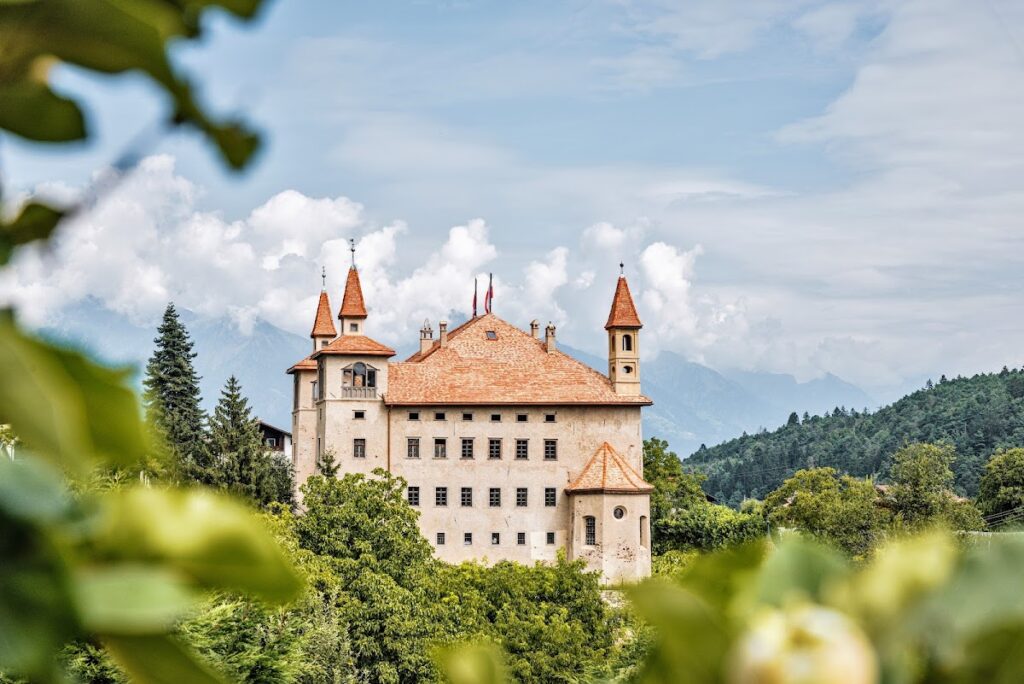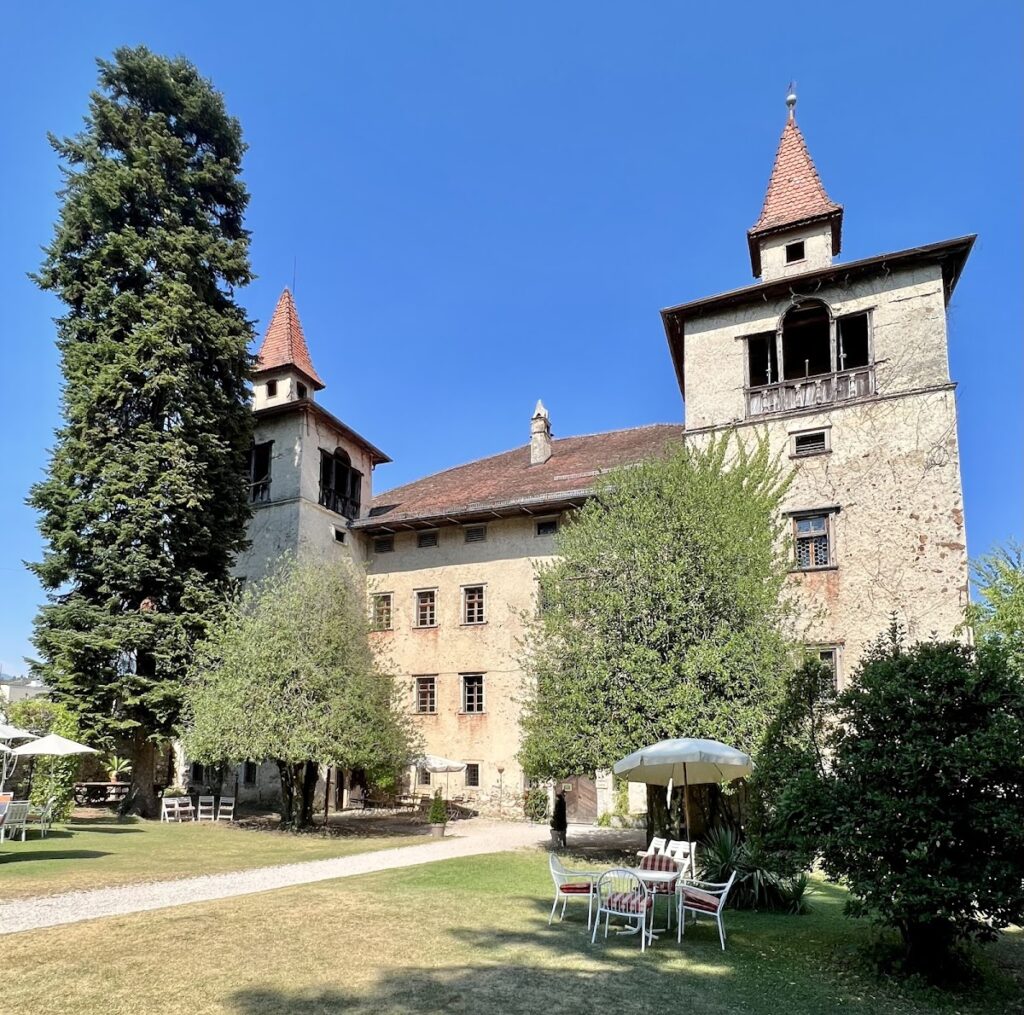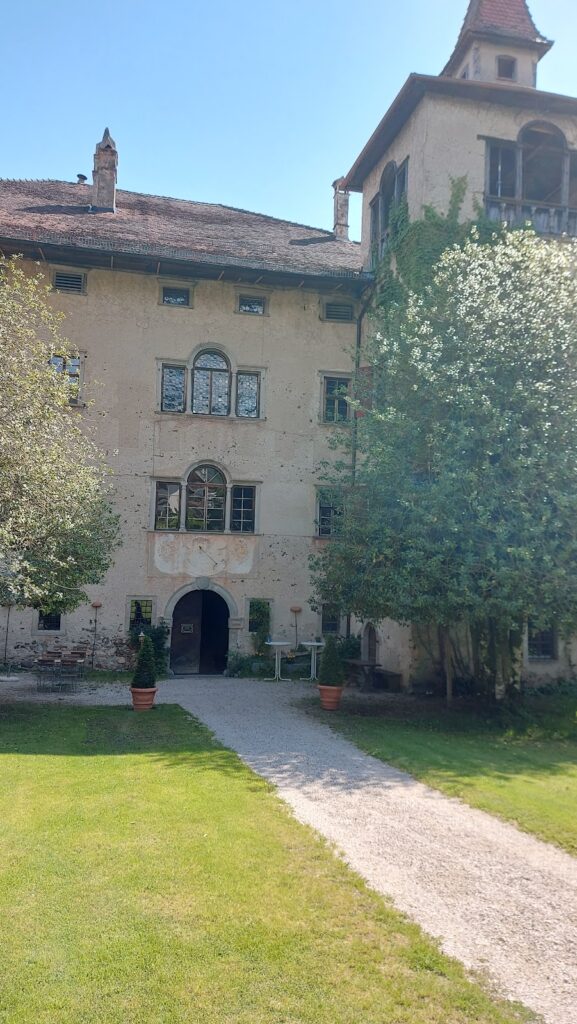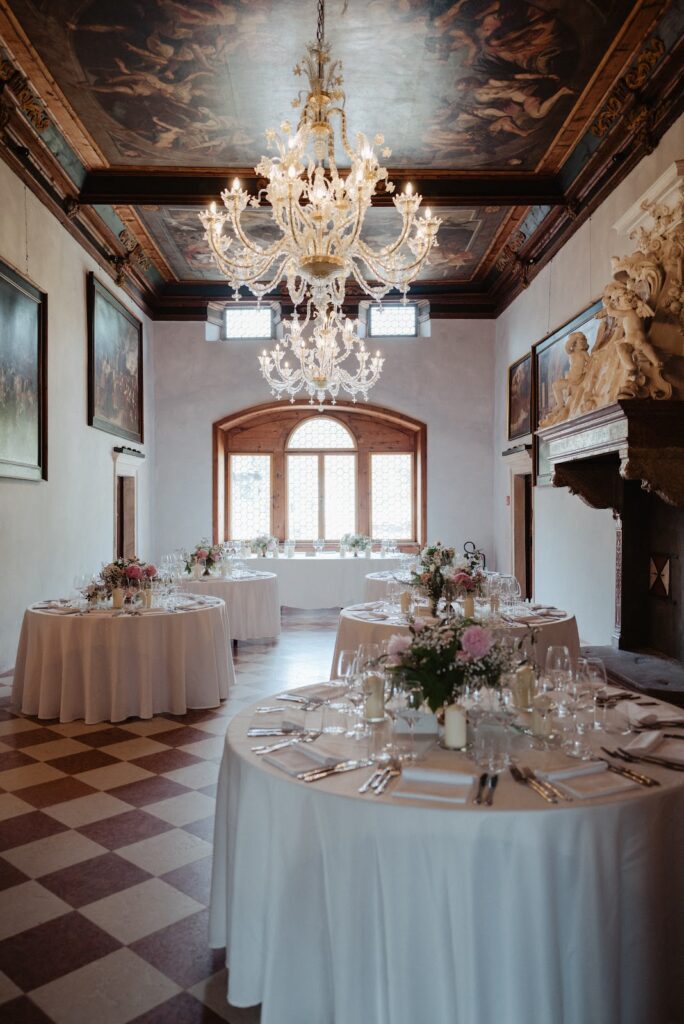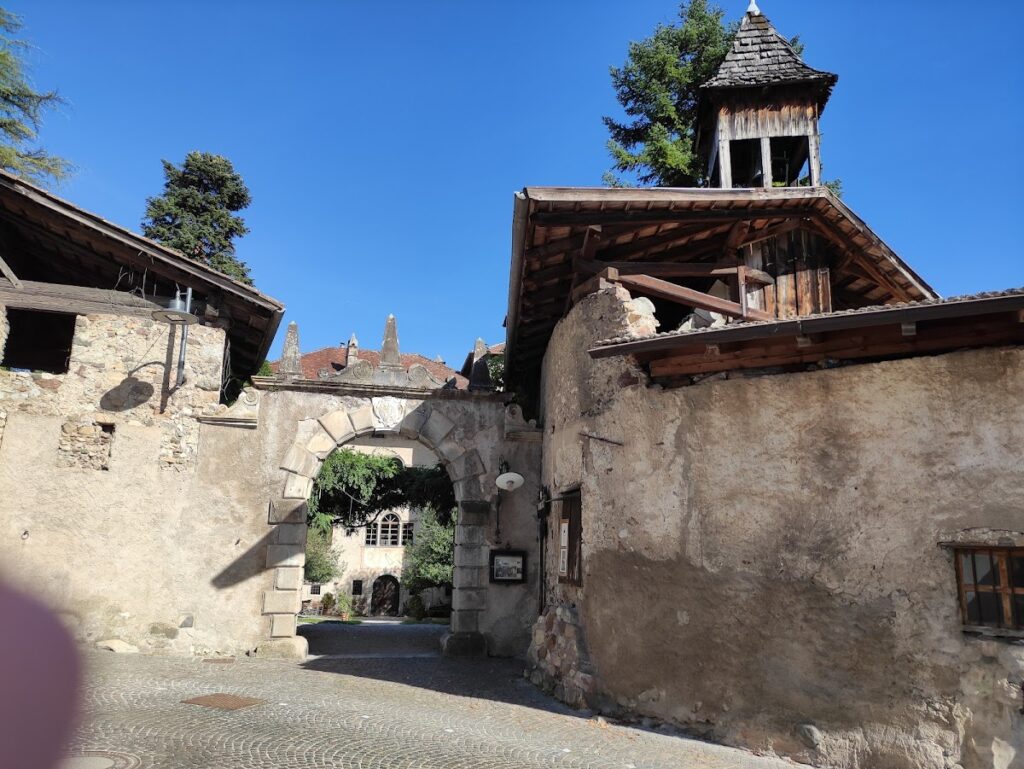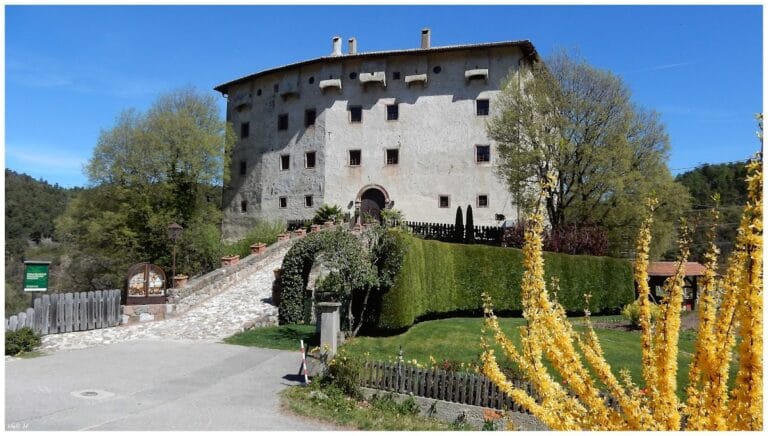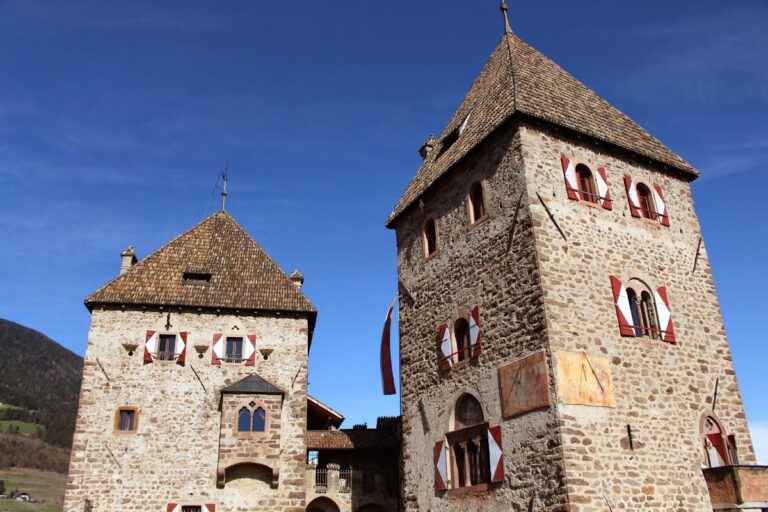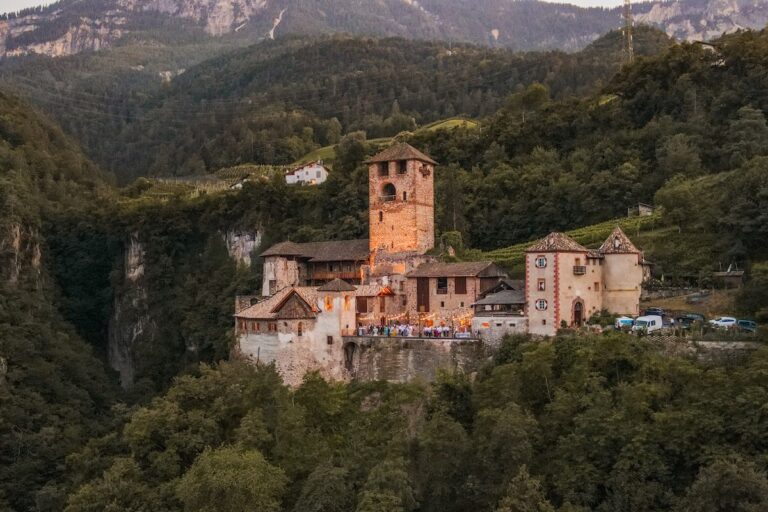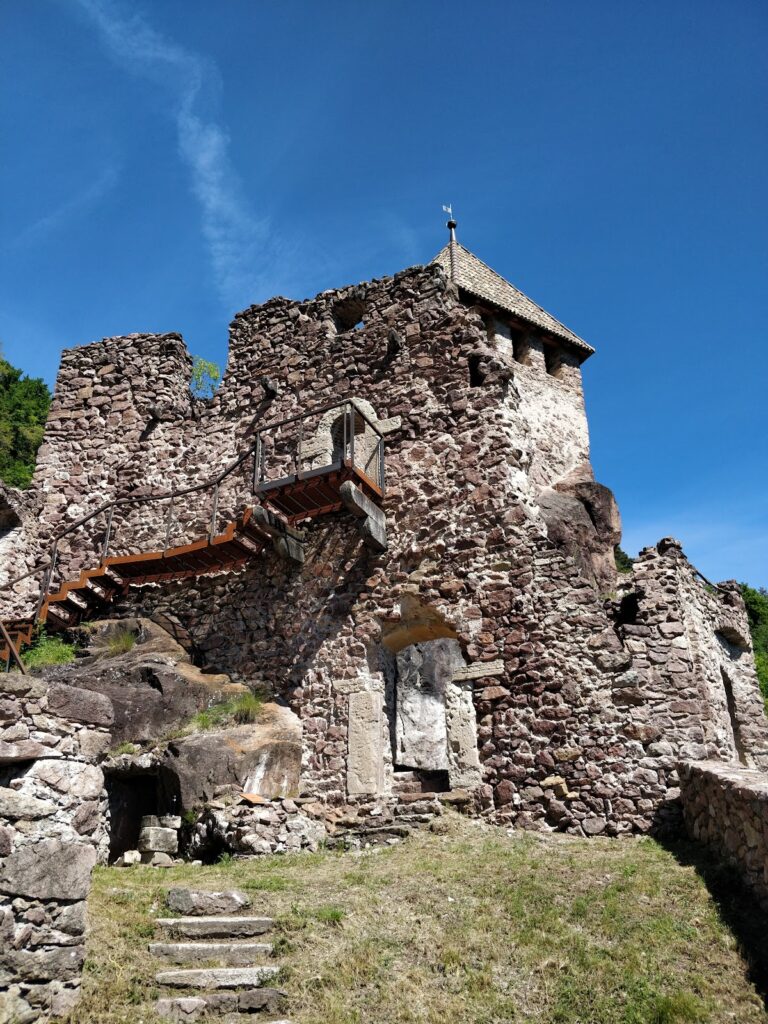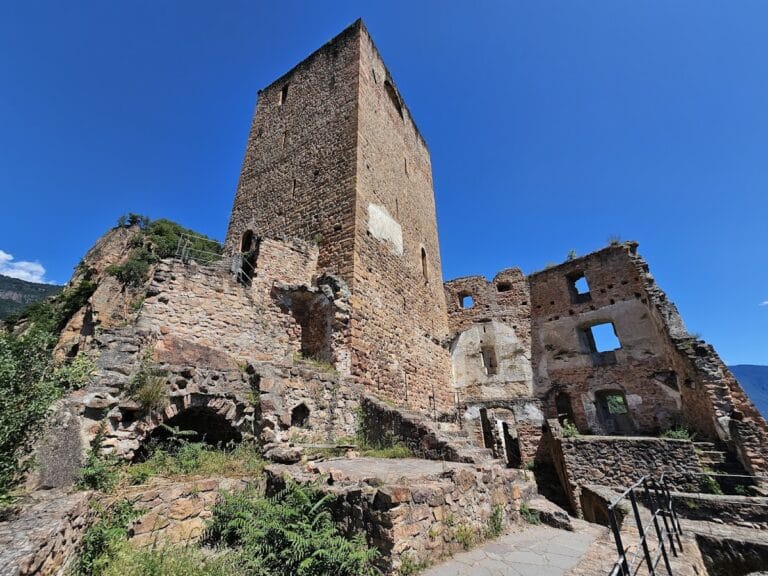Fahlburg Castle: A Medieval and Renaissance Landmark in Italy
Visitor Information
Google Rating: 4.5
Popularity: Low
Google Maps: View on Google Maps
Official Website: www.fahlburg.com
Country: Italy
Civilization: Unclassified
Remains: Military
History
Fahlburg stands near the town of Prissian in modern-day Italy and was originally constructed by medieval European nobility during the 13th century. Built as a fortified castle, it occupied a strategic position above the Etsch valley within the Tisner mountain range, marking its importance in regional defense and control.
The castle first belonged to the Lords of Zobel, a noble family prominent during the Middle Ages, before passing to their related kin, the Lords of Wehrburg (also known as Werberg), who shared lineage with the Nordheim and Sarnthein families. During this period, Fahlburg functioned primarily as a stronghold and noble residence.
In the early 15th century, Fahlburg became the site of a notable incident involving the poet Oswald von Wolkenstein, who in 1421 was detained and subjected to torture there under the orders of Barbara von Hauenstein. The event arose from a conflict concerning rights tied to the nearby Hauenstein castle. Following inheritance disputes, the castle came under the ownership of the Lords of Andrian-Werburg in 1430, after the Wehrburg line ended.
Ownership shifted again after Erasmus von Andrian-Werburg died in 1587, when Ulrich von Schlandersberg took possession. Ten years later, Jakob Andrä von Brandis acquired the castle. Around 1615, he oversaw significant expansions that transformed part of the medieval fortification into a refined Renaissance residence. Under von Brandis, Fahlburg evolved from a fortress into both a summer home and an administrative center, serving as a seat for local judicial authority. Jakob Andrä von Brandis also wrote the “Geschichte der Landeshauptleute von Tirol” (History of the Governors of Tyrol) during his time at the castle, a work regarded as a foundation of Tyrolean historiography.
The Brandis family maintained their ownership of Fahlburg for over four centuries until 2021, when the estate was sold to Athesia. Since then, the castle has been adapted into an event venue known as Castel Fahlburg, preserving its historical legacy within a modern context.
Remains
The surviving structure of Fahlburg reveals a complex blend of medieval fortification and Renaissance elegance. At the heart of the site stands a residential tower dating back to the original 13th-century castle. This tower once formed part of the defensive stronghold, constructed with sturdy stone typical of medieval fortress architecture.
Around 1615, the castle underwent substantial enlargement through the addition of an elegant manor house set atop the old fortification walls. This Renaissance-era expansion introduced features designed for comfort and refined living, marking a shift from purely military purposes to noble residence. The manor retains many original details, including historic tiled stoves built for heating, wooden ceilings that add warmth and character, and a chapel spanning two floors, emphasizing the castle’s religious functions and status.
The chapel’s walls feature frescoes painted in the late Renaissance style by the Baroque artist Stephan Kessler, whose work has been carefully restored in recent decades to preserve its vibrant imagery. These frescoes provide an artistic glimpse into the cultural tastes of the period, blending religious themes with decorative flourishes.
Overall, the estate maintains much of its authentic character, artfully combining medieval and Renaissance elements. The castle’s commanding position above the valley remains a striking feature, reaffirmed in photographs that showcase the well-preserved tower and the chapel’s architecture. The materials and decorative touches within the building reflect its gradual transformation from a fortified stronghold into a sophisticated noble home, illustrating the evolution of its use and status over several centuries.
